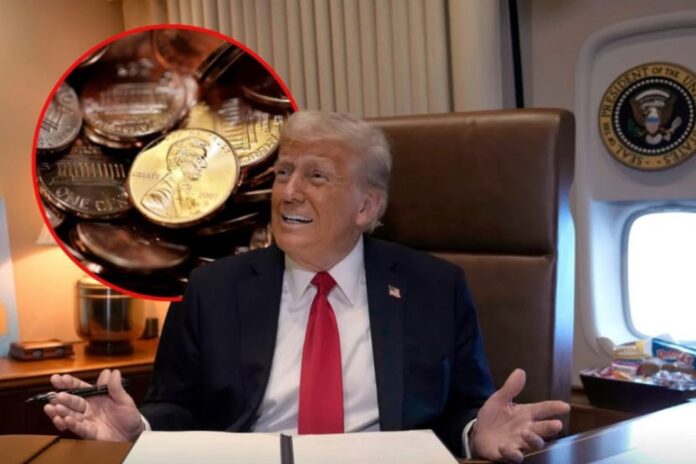The Penny’s Time is Up
The U.S. Treasury Department has confirmed it will stop producing one-cent coins starting next year, marking the end of a 231-year run for the copper-colored coin that’s been part of American life since 1793.
The decision follows a directive from former President Donald Trump, who reportedly called the coin “wasteful” in a conversation with Treasury Secretary Scott Bessent back in February. The move puts to rest a long-standing debate over the penny’s place in a modern economy.
Elon Musk’s cheeky “Department of Government Efficiency,” known online as DOGE, helped reignite public interest in the issue earlier this year by highlighting the rising cost of minting pennies—now nearly 4 cents per coin.
That cost has ballooned from just over a cent to 3.69 cents in the past decade, prompting the Treasury to make its final order of penny blanks this month. Once those run out, the Mint will stop production entirely, with estimated annual savings topping $56 million.
Some defenders argue the penny helps keep prices low and supports charitable donations. But critics say the coin has long outlived its usefulness, clogging wallets and draining taxpayer dollars.
Businesses will now need to round prices up or down, following in the footsteps of other countries like Canada, which retired its penny in 2012.
While the U.K. hasn’t officially ditched its smallest denominations, it didn’t mint any 1p or 2p coins in 2024—proof that the slow death of small change is a global trend.
For the American penny, 2025 will be its last full year in circulation. After that, it becomes a collector’s item—and a symbol of how even small things can cost too much.








